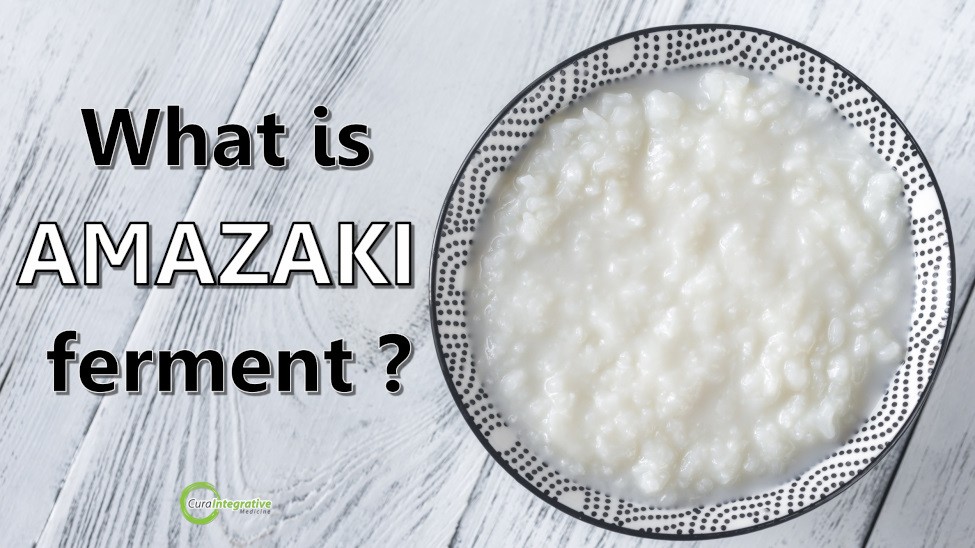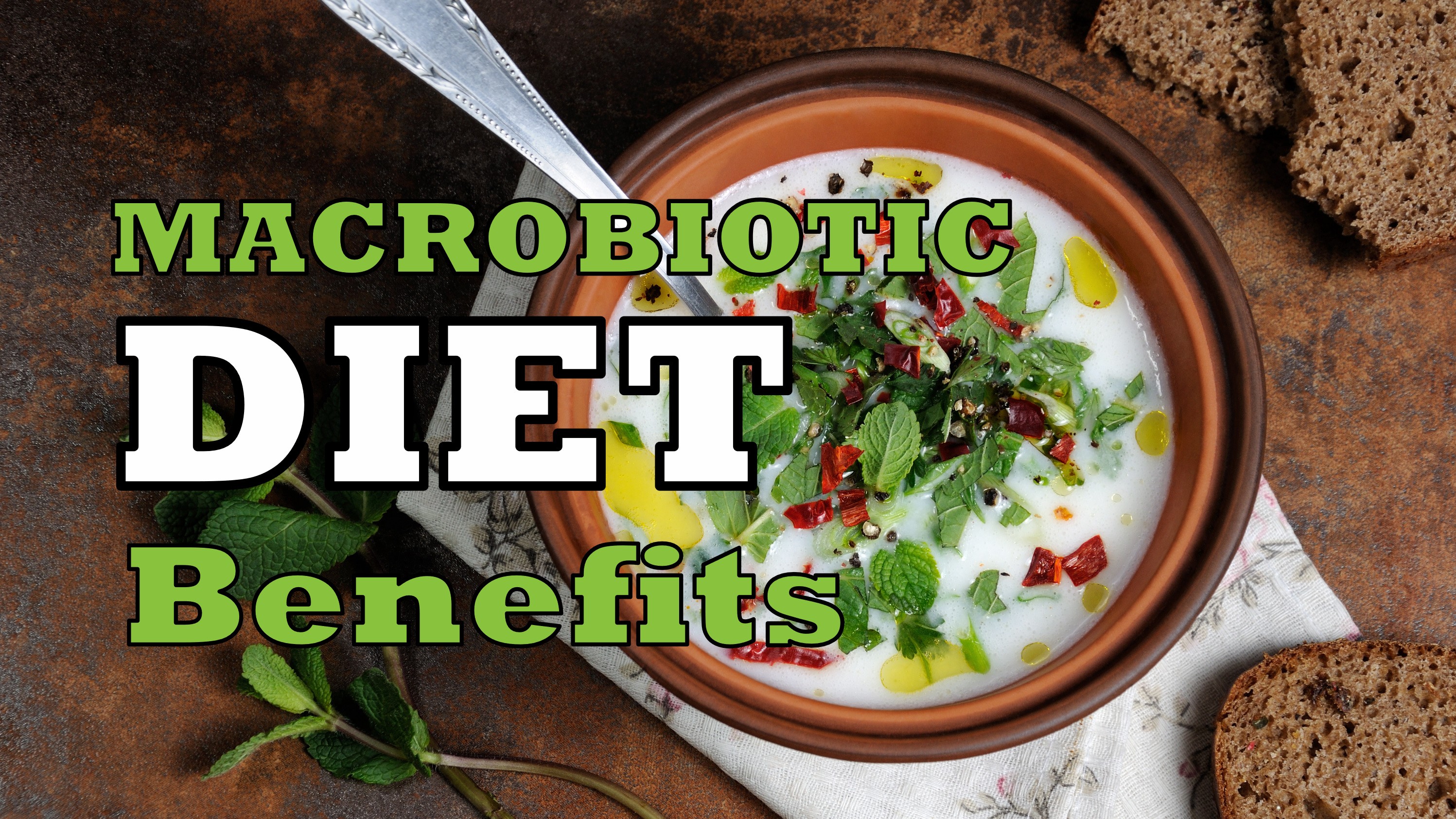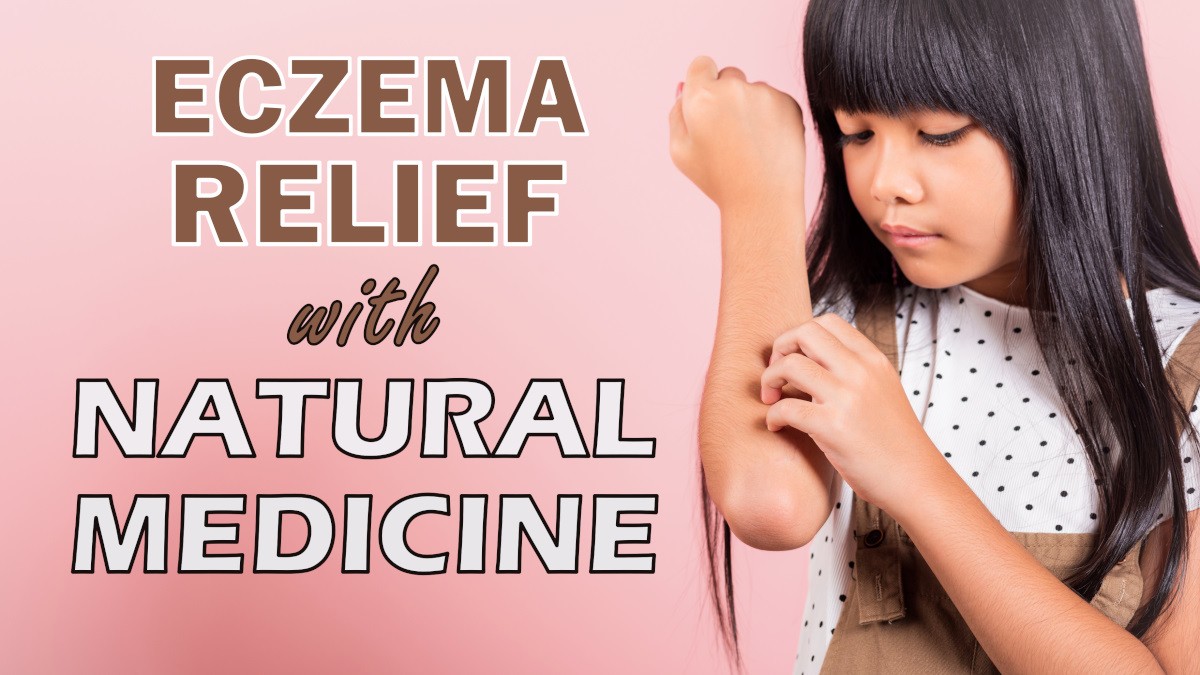Koji is a less known superfood found in a variety of macrobiotic foods. Containing Aspergillus oryzae, koji is used to make foods such as miso, amazaki and tamari. Read More…

Iron and Anemia
Posted 11 Oct '17
Iron plays a crucial role in transporting oxygen to different cells inside the body. Two-thirds of the body’s iron supply is found in the haemoglobin, which is the protein that carries the oxygen. If the body’s iron levels are low, the immune system is weakened, and the body becomes less energised.
You know you’re low in iron if:
- You easily catch colds or flu
- You are fatigued or lethargic
- You are unable to think clearly
- The insides of the mouth and lower eyelid are pale
- Your body’s temperature is low
- You often feel nauseous
- Your legs feel restless and may have frequent cramps
How do iron levels become low?
Iron deficiency can be due to poor diet. Tea or coffee intake may also result to low iron levels. Other possible factors includes blood loss, gut problems, and pregnancy.
What to do in order to increase iron levels?
Meat is a good source of iron (known as heme iron), and the best ones would be beef, lamb, turkey, chicken — their liver. You can also find high levels of iron in fish, oysters, and sardines. The more red the meat is, the larger the iron content would be.
For vegans, these plants are good sources too: shiitake mushrooms, dark green leafy veggies, lentils, and molasses. These may not be as well-absorbed as those obtained from animal sources, however. Thus, it is best to consult with a practitioner about your options.
Iron cannot work alone too. It needs vitamins B and C, and folate known as 5-MTHF, in order to function well. Vitamin C increases the absorption of iron, while Vitamins B6 and B12, and folate helps transport iron and produce healthy red blood cells. 5-MTHF, or 5-methyltetrahydrofolate, is an activated form of folate, and it is the same form that the body makes.
If you or anyone you know suspects to be low in iron, and are planning to take supplements or increase their iron intake within their diet, it is best to consult with a practitioner first in order to avoid any unnecessary side effects, which includes digestive problems.





